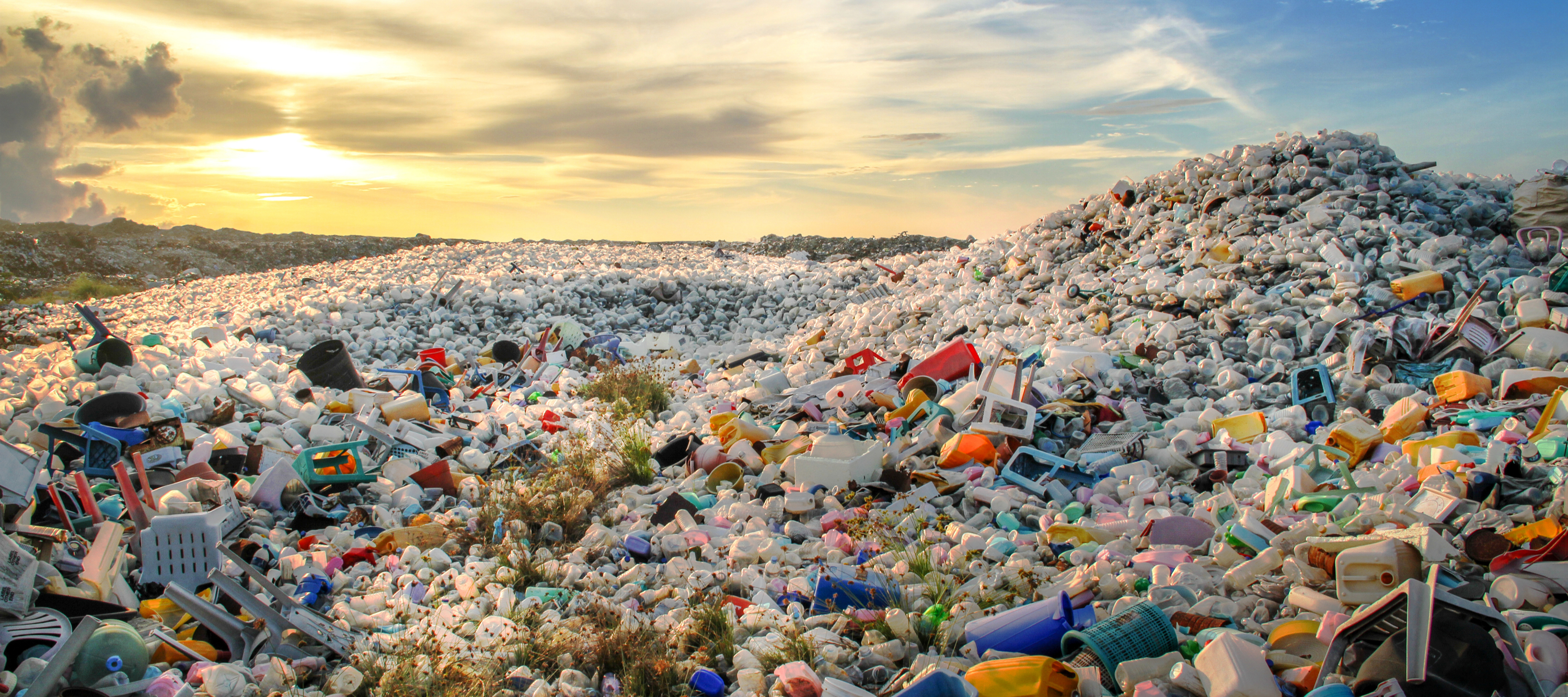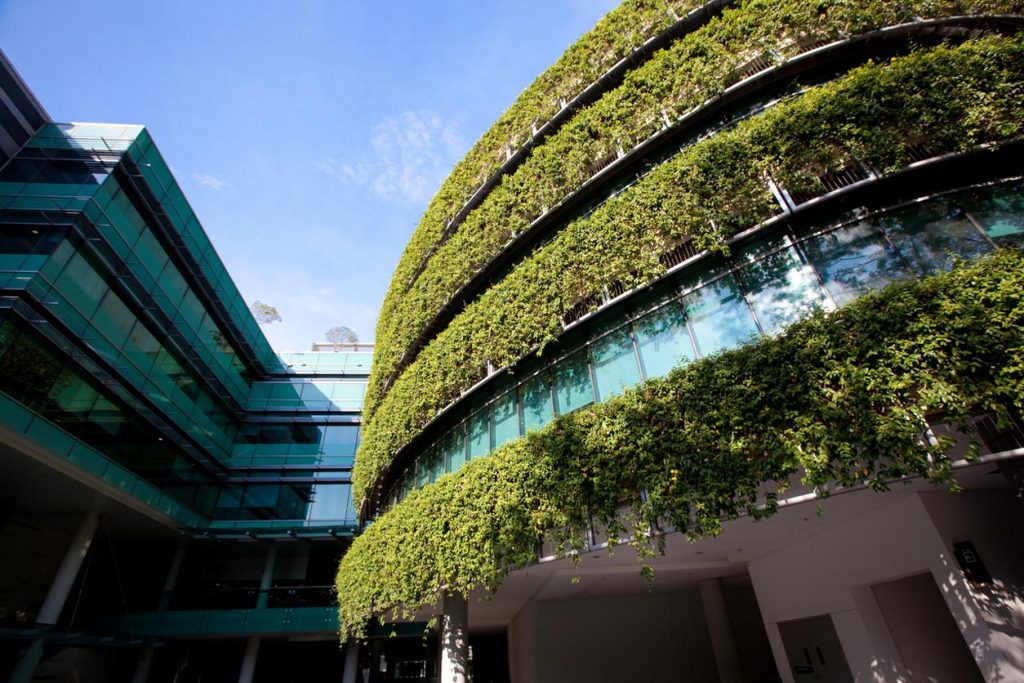
To tackle the issue of climate change UN organizes the UN Climate Action Summit today (23.9.2019) in New York.
“The Summit will bring together governments, the private sector, civil society, local authorities and other international organizations to develop ambitious solutions in six areas: a global transition to renewable energy; sustainable and resilient infrastructures and cities; sustainable agriculture and management of forests and oceans; resilience and adaptation to climate impacts; and alignment of public and private finance with a net zero economy.” (UN 2019)
Why this is important
Climate change is one of the biggest challenges of our time, having remarkable effects on the nature and all societies, businesses, animals and humans. There is still time to slow down the pace of climate change, making it possible for us and the nature to adapt. This will, however, require unprecedented effort from all sectors of society. One important step in this direction is the Paris Agreement on climate change. To boost ambition and strengthen actions related to the Paris Agreement UN Secretary-General´s special envoy António Guterres will host the 2019 Climate Action Summit in New York 23.9.2019. Climate solutions are important for both business and nature. Climate solutions strengthen our economies and create jobs, bring cleaner air, preserves natural habitats and biodiversity, and protects our environment. (UNFCCC 2019, UN 2019)
What is being discussed
The Summit addresses the issues of climate change and how to tackle it. The Secretary-General has prioritized six action portfolios, recognized to have a high potential to curb greenhouse gas emissions and increase global action on adaptation and resilience. These portfolios are: 1. mobilizing sources of finance to drive decarbonization, 2.energy transition away from fossil fuels and becoming energy efficient, 3.industry transition, 4.nature-based solutions such as reducing emissions, biodiversity conservation and leveraging supply chains and technology, 5.cities and local action advancing mitigation and resilience at urban and local levels and 6.resilience and adaption advancing efforts to manage and address the impact of climate change particularly in those communities and nations most vulnerable. (UN 2019)
Caisa Lindblom











